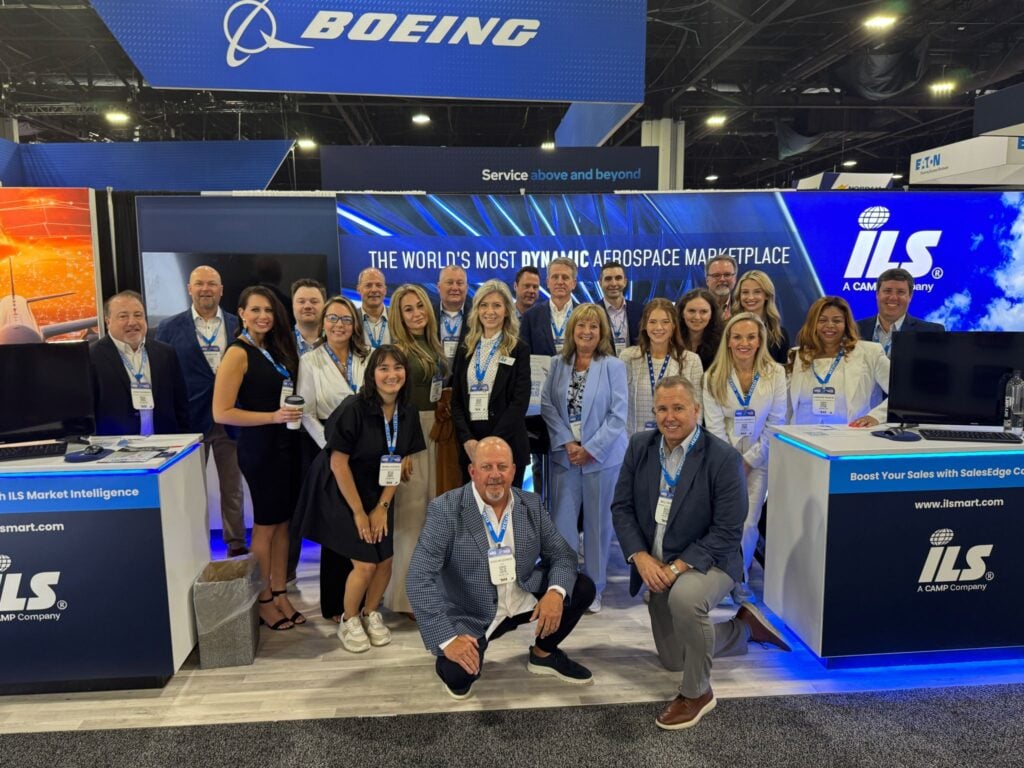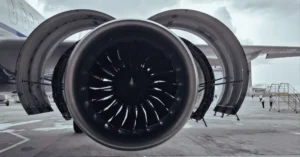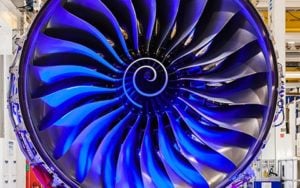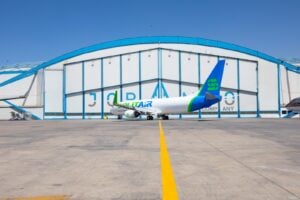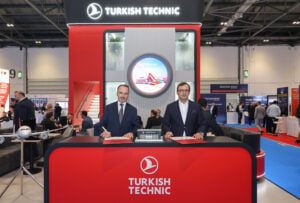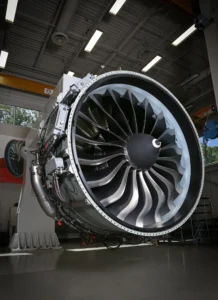How ILS Keeps Aviation Moving
In the high-stakes world of aviation, every minute counts. Whether it’s a grounded aircraft costing thousands per hour or the constant pressure to maintain operational readiness with limited resources, today’s aviation supply chain faces unprecedented challenges. For over 45 years, Inventory Locator Service® (ILS) has been more than just the world’s most dynamic aerospace marketplace – it has become a strategic partner for organizations that need to tackle these critical challenges faster and with confidence.
Turning Pain Points into Competitive Advantages
For aviation leaders responsible for keeping aircraft flying and operations running smoothly, the pressure has never been greater. Rising Aircraft on Ground (AOG) costs, persistent labor shortages, raw material shortages, complex tariff regulations, and mounting supply chain disruptions are putting strain on schedules, budgets, and bottom lines across the global aviation sector.
The reality is clear: Downtime isn’t just inconvenient, it’s expensive. A single AOG event can cost operators up to $150,000 per hour, making reliable, efficient sourcing of parts and services non-negotiable.
This is where ILS delivers measurable impact. With over 79 million aerospace parts and MRO services listed and users spanning 145+ countries, ILS offers the scale, speed, and data-driven tools that supply chain teams and decision-makers across the aviation industry need to overcome these challenges, turning potential bottlenecks into strategic advantages.
A Marketplace, and Much More
While ILS has long been recognized as the largest and most trusted aerospace marketplace, the platform today represents far more than a transactional hub. It is a comprehensive ecosystem designed to optimize procurement, sales, and decision-making for the global aviation community.
Every day, ILS supports 190,000+ RFQs, driven by 130,000+ daily logins from 28,000+ users worldwide, including global airlines, MROs, defense organizations, parts suppliers, and independent service providers. But the true value lies in how ILS leverages cutting-edge technology to empower users with insights, automation, and market visibility previously unavailable in the aviation aftermarket.
Next-Gen Technology for Next-Level Efficiency
At the core of ILS’s evolution is a commitment to delivering next-generation technology that simplifies complex processes and drives smarter, faster decisions. The ILS platform integrates advanced Artificial Intelligence (AI) and Machine Learning (ML) to streamline workflows, reduce manual effort, and surface the most relevant opportunities.
Take SalesEdge Commerce (SEC) for example – a solution that enables aviation suppliers to monetize their websites and digital presence seamlessly. With SEC, companies can create integrated, commerce-enabled websites that connect to compatible ERP systems, enabling seamless transactions, expanding reach, and driving sales – all without added operational burden.
Meanwhile, ILS Market Intelligence (MI) provides you with unprecedented transparency into real-time market conditions. Features such as Fair Market Value (FMV) pricing insights, supply and demand metrics, and AI-powered recommendations enable buyers and sellers to make informed decisions based on actual market behavior, not guesswork.
ILS continues to invest in solutions that turn longstanding documentation challenges into competitive advantages for the aviation supply chain. Through integrations with SmartCert and ProvenAir, ILS is helping sellers enhance listing visibility and build buyer confidence directly on the ILS marketplace. SmartCert automates quality certification management, while ProvenAir uses AI to generate back-to-birth (BtB) trace timelines for life-limited parts. Together, these integrations make the buying process faster, more trusted, and more transparent across the aviation aftermarket.
At the same time, ILS has achieved SOC 2 compliance, underscoring its commitment to security and operational excellence. As supply chain leaders demand reliable, secure platforms to manage critical operations, ILS provides the confidence and resilience organizations expect from their technology partners.
Meeting the Needs of the Aviation Community
In today’s complex aviation environment, one-size-fits-all solutions simply don’t work. That’s why ILS tailors its offerings to meet the unique needs of aviation professionals and businesses – whether they’re sourcing, selling, maintaining aircraft, or marketing their services to a global audience.
- Maintenance and operations teams rely on ILS for rapid access to hard-to-find parts and reliable market data, helping them reduce AOG downtime and keep fleets mission-ready.
- Procurement and supply chain professionals use ILS to efficiently compare options from thousands of suppliers, ensuring they secure competitive pricing and trusted sources.
- Parts suppliers, lessors, and independent service providers benefit from ILS’s global reach, technology tools, and targeted advertising solutions, allowing them to compete effectively, increase visibility, and unlock new business opportunities.
Built for the Future of Aviation
The aviation supply chain is evolving, and so is ILS. As the industry faces ongoing disruptions, from raw material shortages, geopolitical uncertainty, and shifting tariffs to skilled labor shortages, the need for resilient, technology-driven supply chains has never been greater.
Backed by more than 45 years of experience, continuous platform enhancements, expanded AI capabilities, and a relentless focus on customer success and security, ILS empowers aviation businesses to operate with greater efficiency, agility, and confidence, helping them not only adapt to change but thrive in it.
About ILS
Since 1979, Inventory Locator Service® (ILS) has connected buyers and sellers of aerospace parts and services across 145+ countries. With over 78 million listed items, advanced AI capabilities, next-generation platform features, and proven security credentials, ILS delivers technology-driven solutions to optimize procurement, boost sales, and enhance supply chain visibility for the global aviation community.

